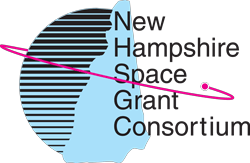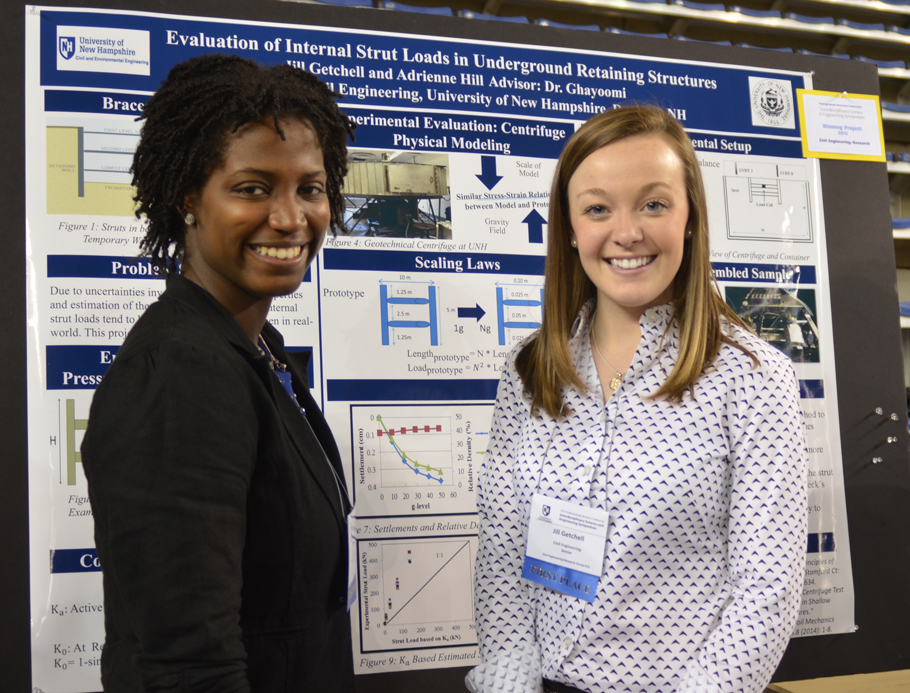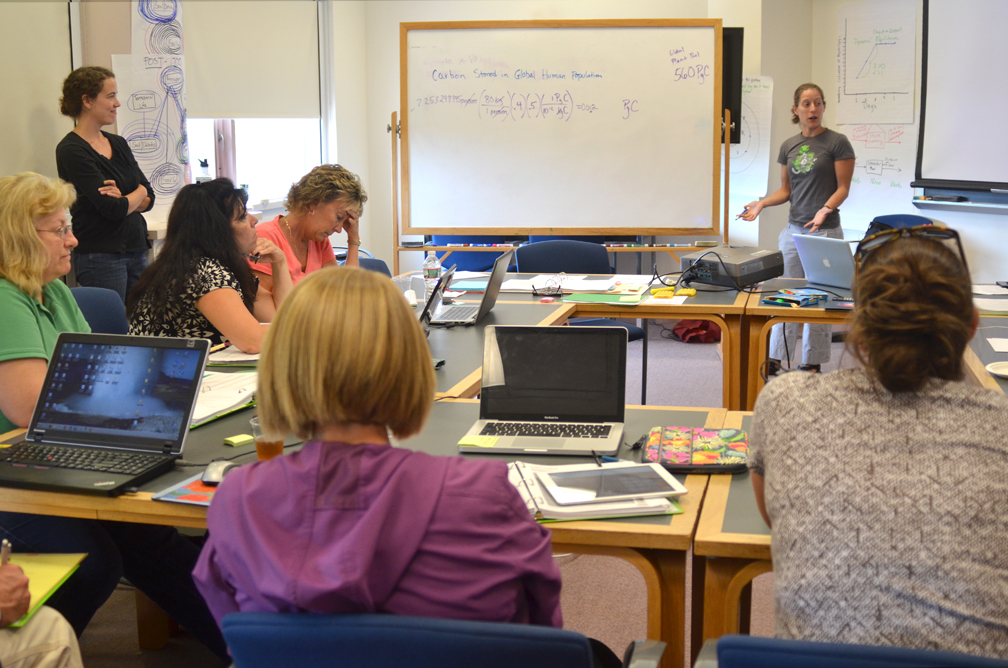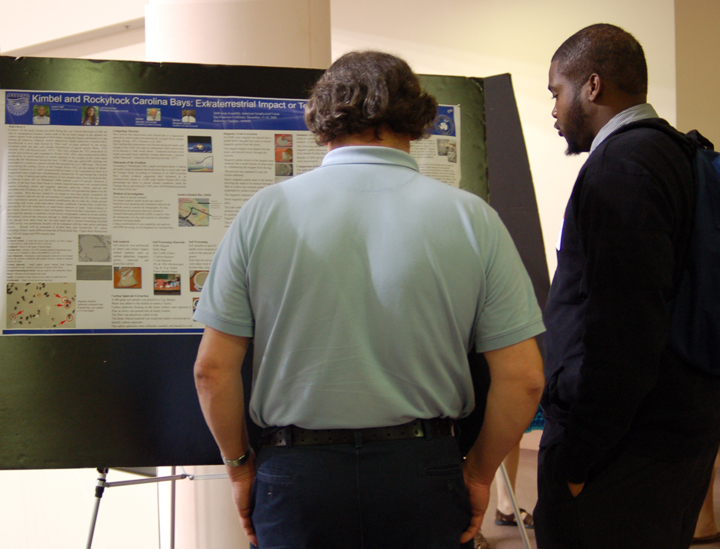Director:
Antoinette Galvin, University of New Hampshire
Institute for the Study of Earth, Oceans, and Space

Antoinette B. Galvin is Director of the NH Space Grant. She is also a Research Professor at UNH's Institute for the Study of Earth, Oceans, and Space and the Department of Physics.
Before working a the University of New Hampshire, she was a research faculty member at the University of Maryland where she received her PhD in 1982. Her undergraduate studies were at Purdue University.
Her research includes solar wind composition, including charge states and relative abundances during different types of solar wind flows (e.g., coronal mass ejections, interstream, and coronal hole-associated) and the implications for the solar coronal processes (e.g., the elemental abundances of solar wind compared to photospheric abundances, and coronal temperature gradients inferred from charge states). Recent studies include isotopic abundances of the solar wind using results from SOHO.
Solar wind is a continuous stream of charged particles, both ions and electrons (called a plasma), coming from the sun and filling interplanetary space. The particles in the solar wind travel at more than a million miles per hour (our SOHO experiment gives realtime solar wind speeds). About 90-95% of the ions in the solar wind are hydrogen atoms with one electron stripped off (H+) and electrons. The next major component (5-10%) is helium (usually He+2). About 0.1% of the particles are other elements (carbon, oxygen, nitrogen, neon, sodium, magnesium, silicon, sulfur, argon, calcium, iron, nickel, zinc, to name a few). Studying this 0.1% of the solar wind provides a wealth of information regarding outer layers of the sun.
Solar energetic particles are another area of research interest. They are a thousand times more energetic than the solar wind, and are intermittently released from the sun during solar eruptions (solar flares, coronal mass ejections). The UNH experiment SEPICA on the ACE spacecraft studies the composition of these solar particles. The sun undergoes an 11 year cycle, most visibly evidenced by the number of sun spots on its surface. As the sun approaches its sun spot maximum, the frequency of the solar eruptions that create solar energetic particles will increase.
Dr. Galvin's work includes design and development of instruments (as part of a team effort of course), the calibration of instruments, the commanding and operation of instruments in space (flight operations), the programming involved in the data reduction, and scientific analysis of that data. In either a hardware or data capacity she has been involved with experiments on nine spacecraft: the International Sun Earth Explorer (ISEE) -1, International Sun Earth Explorer -3 (later became the International Cometary Explorer, ICE), Ulysses, Wind, Geotail, the Solar Heliospheric Observatory (SOHO), and the Advanced Composition Explorer (ACE). Her team built two instruments to measure solar wind and supra thermal particles aboard the NASA twin STEREO observatories. She is currently leading the development of the composition section of an instrument being built for Solar Orbiter.


